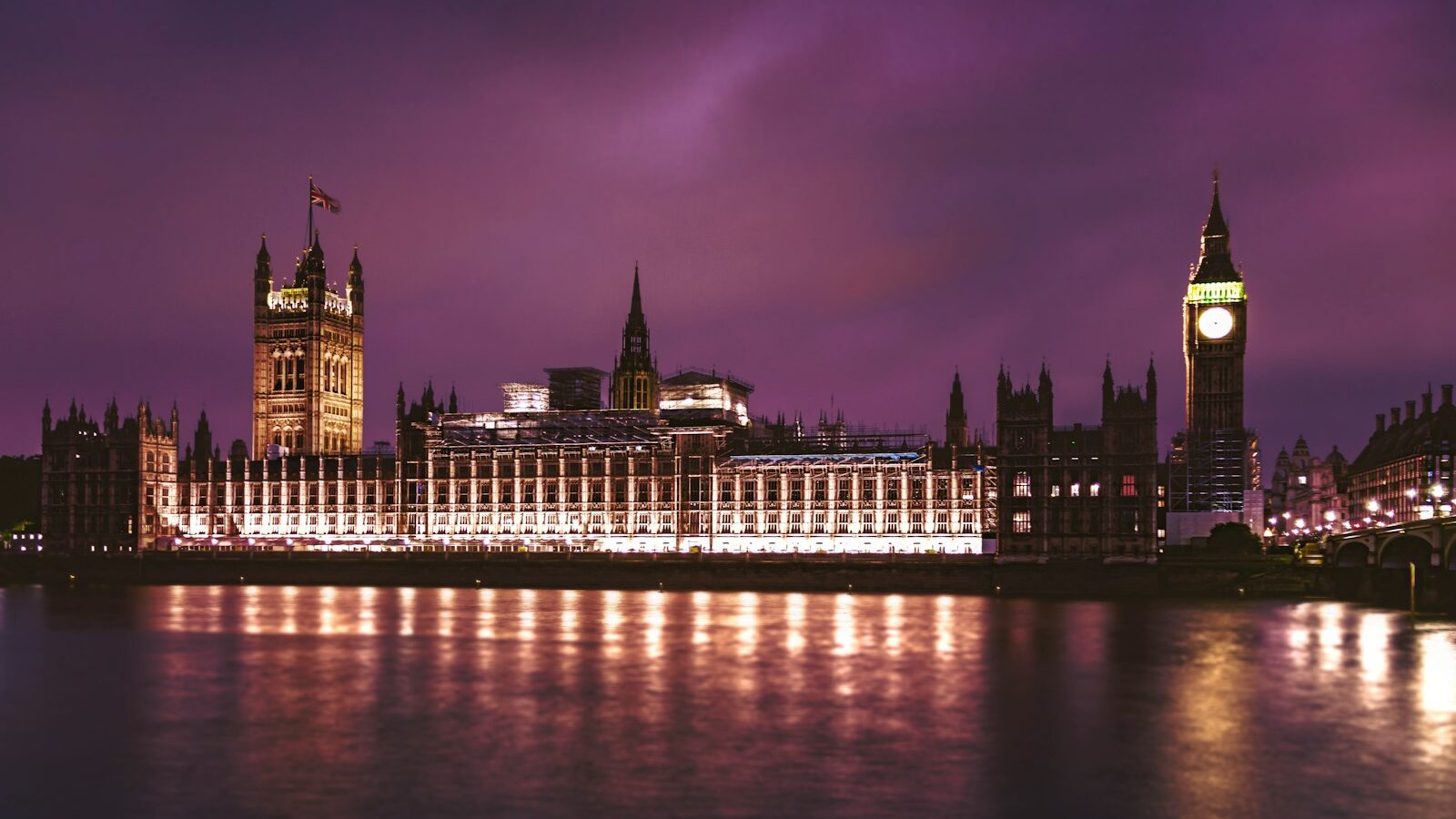Differing legal opinions on the implications of a crucifix-wearer losing her discrimination appeal against British Airways means that it is still unclear what dress codes employers may enforce without risk of litigation.
Christian Nadia Eweida today lost her appeal against a ruling that cleared BA of indirectly discriminating against her on the basis of her religion or beliefs, after insisting that the cross worn at her neckline be concealed from view.
Lord Justice Sedley, who gave the decision on behalf of his two colleagues, said the case highlighted some of the problems that could arise when an individual asserted that a practice adopted by their employer conflicted with their beliefs, even if others in the workforce did not share or even opposed their views.
“It is not unthinkable that a blanket ban may sometimes be the only fair solution,” he added. Lord Justice Sedley also said that indirect discrimination was not necessarily wrong, but that Eweida’s objection to BA’s ban was purely personal, “neither arising from any doctrine of her faith nor interfering with her observance of it and never raised by any other employee”.
But lawyers’ opinions were mixed as to what the ruling meant in practice. Emma Clark, an employment specialist at Fox, said that the court’s decision was a “sensible interpretation of the nuances” of indirect discrimination legislation, although the case was not yet settled because Eweida plans to appeal to the Supreme Court.
Clark added the move meant that: “Employers can feel more confident in imposing dress codes and banning the full veil and other religious symbols, which are not clearly required by an employee’s religion”.
But Rachel Dineley, a partner and head of Beachcroft’s diversity and discrimination unit, disagreed. While the Appeal Court had made it clear that employers were not required to cater to the personal beliefs of individuals in order to avoid claims of religious discrimination, she said, they still needed to demonstrate that they had adopted “appropriate” and balanced policies.
Every employee had the right to pursue a claim for perceived discrimination, Dineley added, which meant that employers needed to be careful in ensuring that dress codes did not negatively affect members or groups of people of a particular faith.
“Where a dress code does disadvantage a group, the employer will have to consider whether the dress code is justified as a proportionate means of achieving a legitimate aim,” she added.








